Introduction
Congee, known as bái zhōu in Chinese, is a comforting and versatile rice porridge that has been a staple in Asian cuisine for centuries. Its simplicity belies its ability to soothe the soul, nourish the body, and adapt to endless flavor combinations. While it may seem like a humble dish—just rice and water cooked until creamy—achieving the perfect texture and depth of flavor requires attention to detail. This article will guide you through the techniques, ingredients, and secrets to elevating plain white rice congee into a culinary masterpiece. Whether you’re a novice cook or a seasoned chef, these tips will help you master the art of congee-making.
Understanding the Basics of Congee
At its core, congee is rice cooked in a large volume of liquid until the grains break down into a soft, porridge-like consistency. The ratio of rice to water, cooking method, and time are critical to achieving the desired texture. While some recipes call for a 1:8 ratio (one part rice to eight parts water), adjustments may be needed based on personal preference. For a thicker, spoon-coating consistency, use less liquid; for a soupier version, add more.
Ingredients Selection
- Rice: The type of rice you choose will significantly impact the final result. Short-grain rice, such as sushi rice or Japanese calrose, releases more starch during cooking, creating a creamier congee. Medium-grain varieties like jasmine rice also work well. Avoid long-grain basmati rice, as it tends to stay firm and separate.
- Water: Use filtered water to prevent off-flavors. For added richness, substitute a portion of the water with chicken, bone, or vegetable broth.
- Aromatics: Fresh ginger, garlic, and scallions can infuse the congee with subtle fragrance.
- Seasonings: Light soy sauce, white pepper, and sesame oil are classic finishing touches.
Step-by-Step Cooking Techniques
Rinsing and Soaking the Rice
Rinsing rice removes excess starch and prevents clumping. Place the rice in a fine-mesh sieve and rinse under cold water until the water runs clear. For enhanced texture, soak the rice in water for 30 minutes to an hour before cooking. This shortens the cooking time and ensures even breakdown of the grains.

The Cooking Process
-
Stovetop Method:
- In a heavy-bottomed pot, combine the soaked rice and liquid (water or broth) in a 1:8 to 1:10 ratio.
- Bring to a boil over high heat, then immediately reduce to the lowest simmer. Stir occasionally to prevent sticking.
- Cook uncovered for 1–1.5 hours, stirring more frequently as the congee thickens to avoid scorching.
- The congee is ready when the rice grains have dissolved into a creamy texture with a faintly grainy undertone.
-
Slow Cooker Method:
For hands-off cooking, use a slow cooker set to low heat. Cook for 6–8 hours. This method yields exceptionally smooth congee but requires less stirring.
-
Pressure Cooker Method:
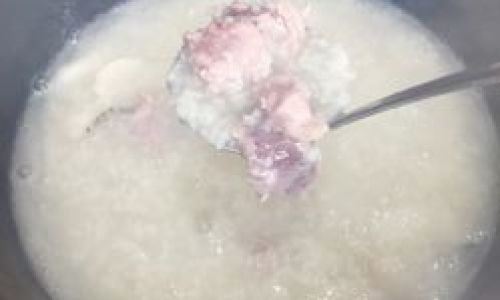
Combine rice and liquid in a pressure cooker. Cook on high pressure for 15–20 minutes, then allow natural release. This method is quick but requires careful adjustment of liquid ratios to avoid overly thick congee.
Achieving the Perfect Texture
The key to velvety congee lies in patience and consistent stirring. As the rice cooks, its starches are released, thickening the liquid. For a smoother consistency, use a ladle to gently press the rice against the pot’s sides during the final stages of cooking. If the congee becomes too thick, thin it with hot water or broth.
Enhancing Flavor: Beyond the Basics
While plain white congee is delicious, it truly shines when layered with complementary flavors. Here’s how to elevate it:
Aromatic Infusions
- Ginger: Add a 1-inch piece of fresh ginger, lightly smashed, to the cooking liquid. Remove before serving.
- Garlic: Sauté minced garlic in oil until fragrant, then stir into the congee during the last 10 minutes of cooking.
- Scallions: Sprinkle finely chopped scallions on top just before serving for a fresh, oniony kick.
Broth-Based Foundations
Replace water with homemade chicken or bone broth for a richer, more savory base. For vegetarian options, use mushroom or kombu broth.
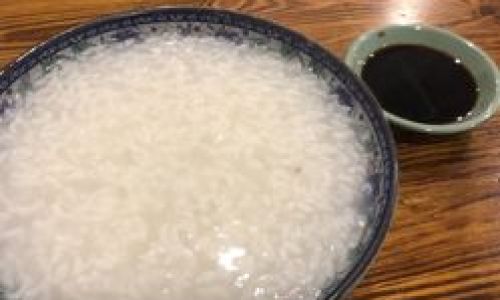
Umami Boosters
- Dried Scallops (Conpoy): Soak dried scallops in hot water for 20 minutes, then shred and add to the congee during cooking. Their briny sweetness adds depth.
- Dried Shrimp: Toast dried shrimp in a dry pan until fragrant, then grind into a powder and stir into the congee.
- Dried Mushrooms: Rehydrate shiitake mushrooms and slice them thinly. Sauté in oil and add to the congee for an earthy flavor.
Creamy Indulgences
For a luxurious twist, stir in a dollop of heavy cream, coconut milk, or mashed pumpkin during the final minutes of cooking.
Toppings and Accompaniments
Congee’s beauty lies in its versatility. Customize each bowl with a medley of toppings:
- Proteins: Soft-boiled eggs, shredded chicken, crispy fried fish, or thinly sliced pork.
- Vegetables: Blanched baby bok choy, steamed spinach, or sautéed mushrooms.
- Crunchy Elements: Fried shallots, toasted sesame seeds, or crushed peanuts.
- Herbs: Cilantro, Thai basil, or mint leaves.
- Sauces: A drizzle of chili oil, a splash of fish sauce, or a spoonful of fermented black beans.
Regional Variations
Congee’s adaptability is reflected in regional specialties:
- Cantonese-Style Congee: Often made with lean meat and century eggs, served with crispy youtiao (fried dough sticks).
- Teochew Congee: Light and watery, paired with an array of side dishes like salted duck egg and pickled vegetables.
- Korean Juk: Thicker and heartier, often made with abalone, ginseng, or red beans.
- Japanese Okayu: Simpler, with a 1:5 rice-to-water ratio, sometimes mixed with raw egg and soy sauce.
Troubleshooting Common Issues
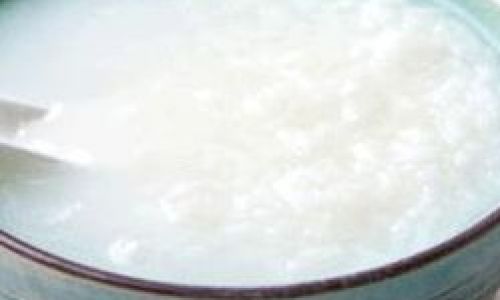
- Burnt Bottom: Use a heavy-bottomed pot and stir frequently during the final cooking stages. Lower the heat if scorching occurs.
- Too Thick: Gradually stir in hot water or broth until the desired consistency is reached.
- Bland Flavor: Add a pinch of salt during cooking and finish with umami-rich toppings.
Health Benefits of Congee
Beyond its culinary appeal, congee is a digestive aid. The slow cooking process breaks down rice into easily digestible carbohydrates, making it ideal for convalescents, the elderly, or those with sensitive stomachs. It’s also a blank canvas for incorporating nutrient-dense ingredients like ginger, garlic, and leafy greens.
Serving Suggestions
Congee is traditionally eaten for breakfast, but its comforting nature makes it suitable for any meal. Pair it with:
- Chinese Youtiao: Crispy fried dough sticks for dipping.
- Pickled Vegetables: Tangy accompaniments to cut through the richness.
- Steamed Buns (Baozi): Fluffy buns filled with savory or sweet fillings.
Conclusion
Mastering the art of congee requires practice, but the rewards are immense. By understanding the interplay of rice, liquid, and heat, and by experimenting with flavors and textures, you can transform a simple bowl of white rice porridge into a dish that delights the senses and nourishes the soul. Whether you prefer it plain and soothing or loaded with toppings, congee is a testament to the beauty of simplicity in cooking. So next time you crave comfort, reach for a pot, some rice, and let the magic of congee unfold.



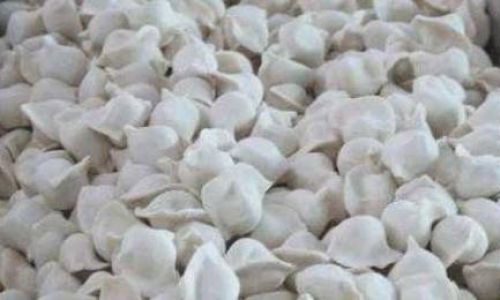
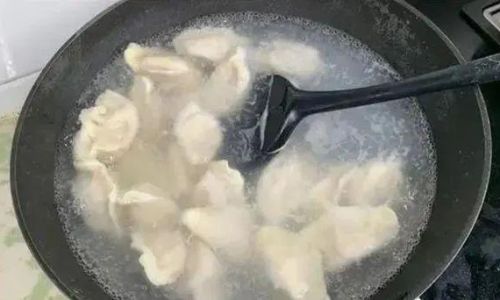
0 comments